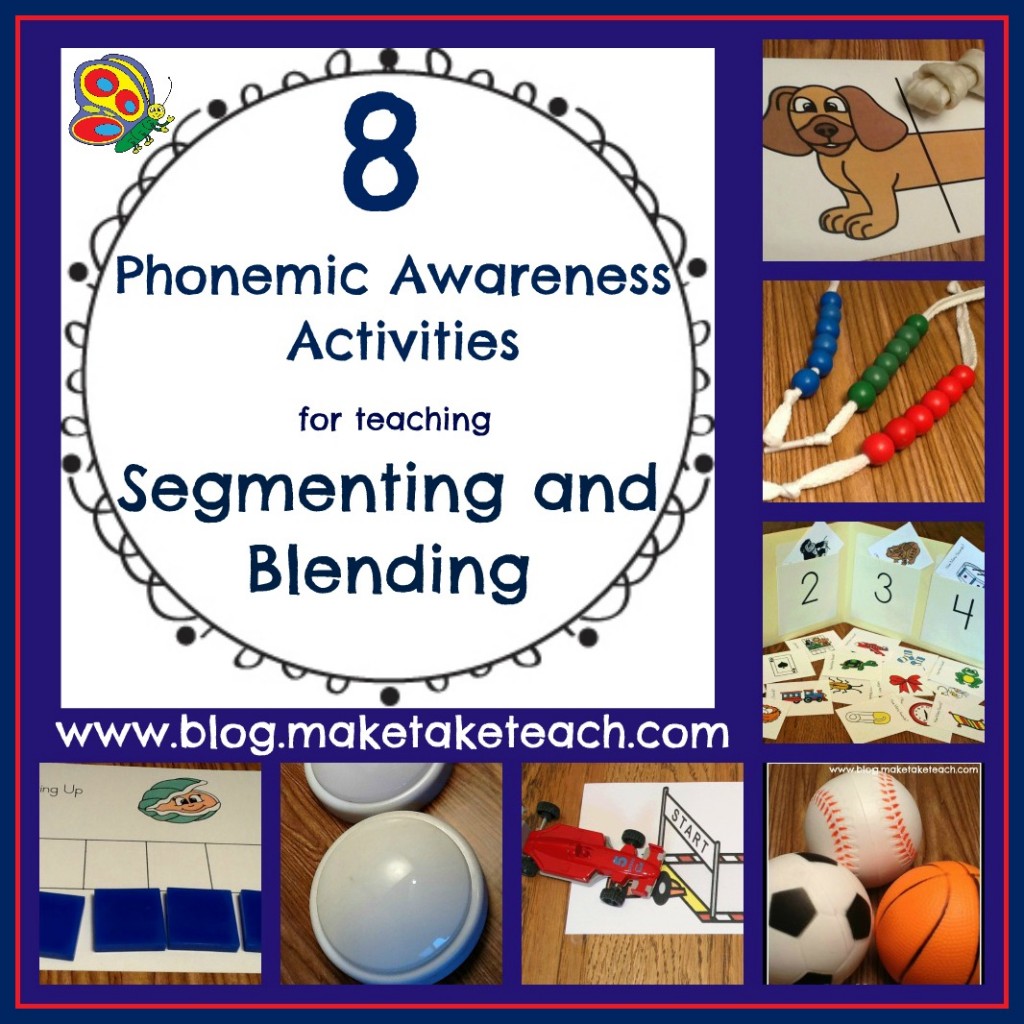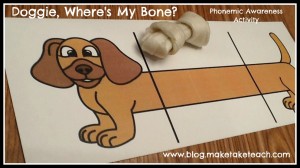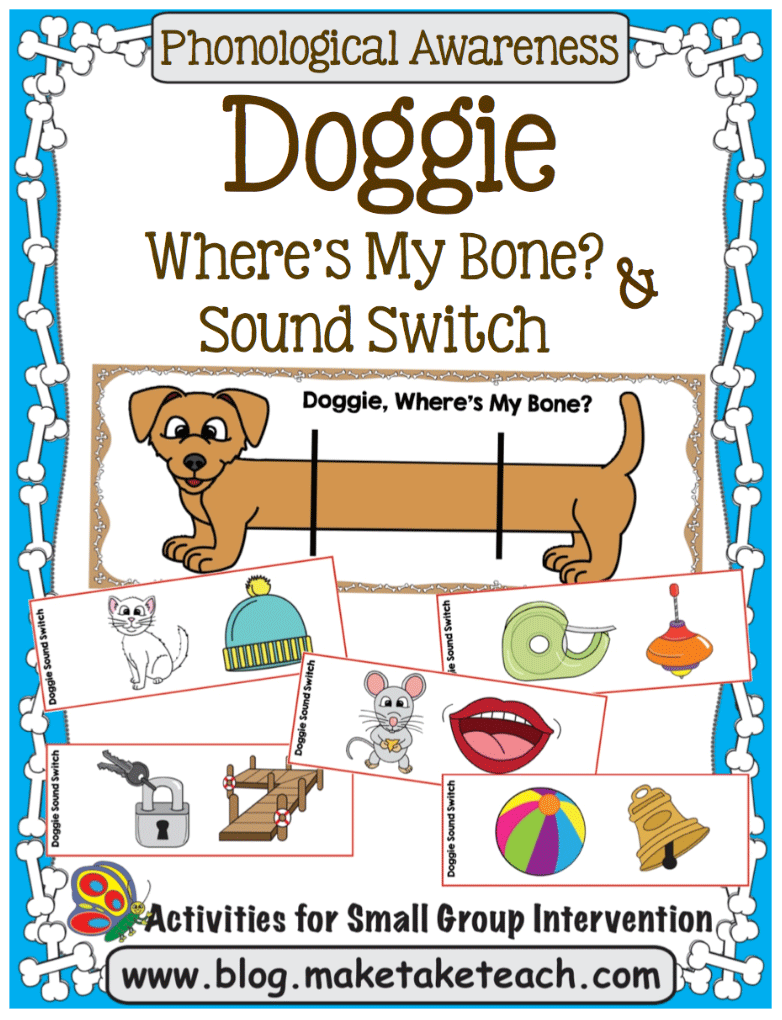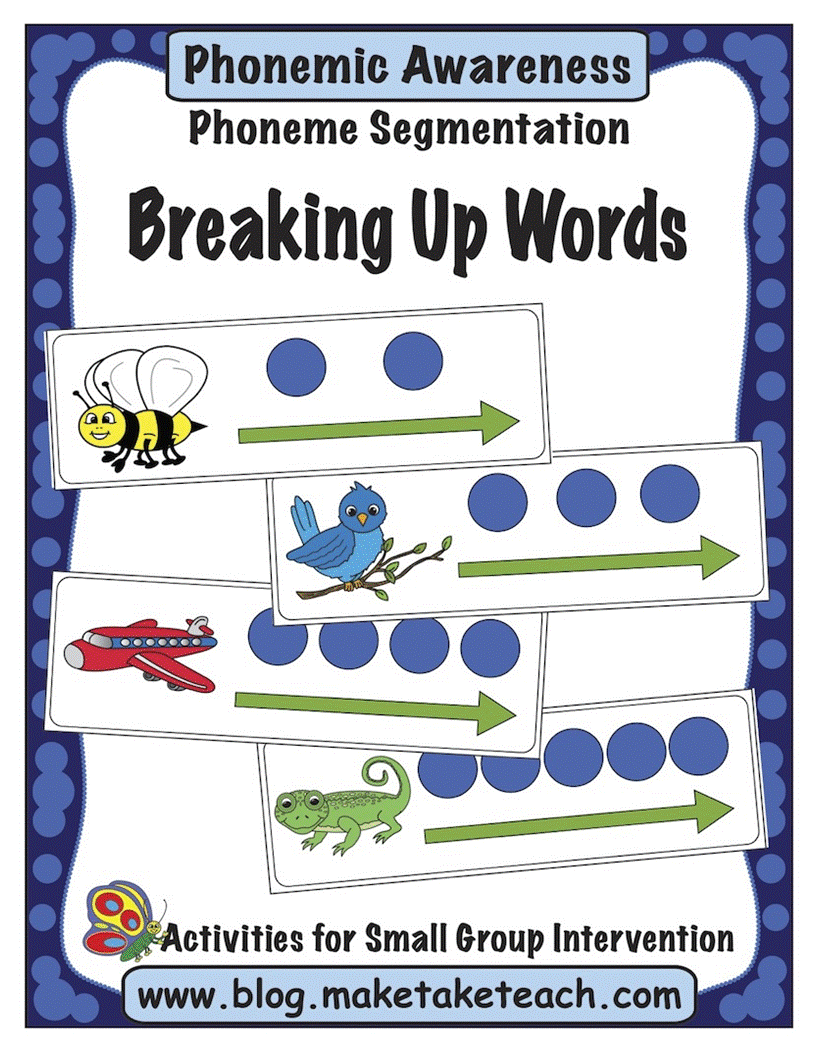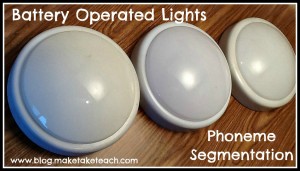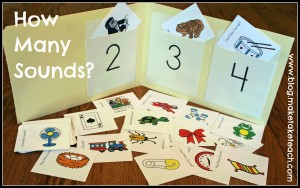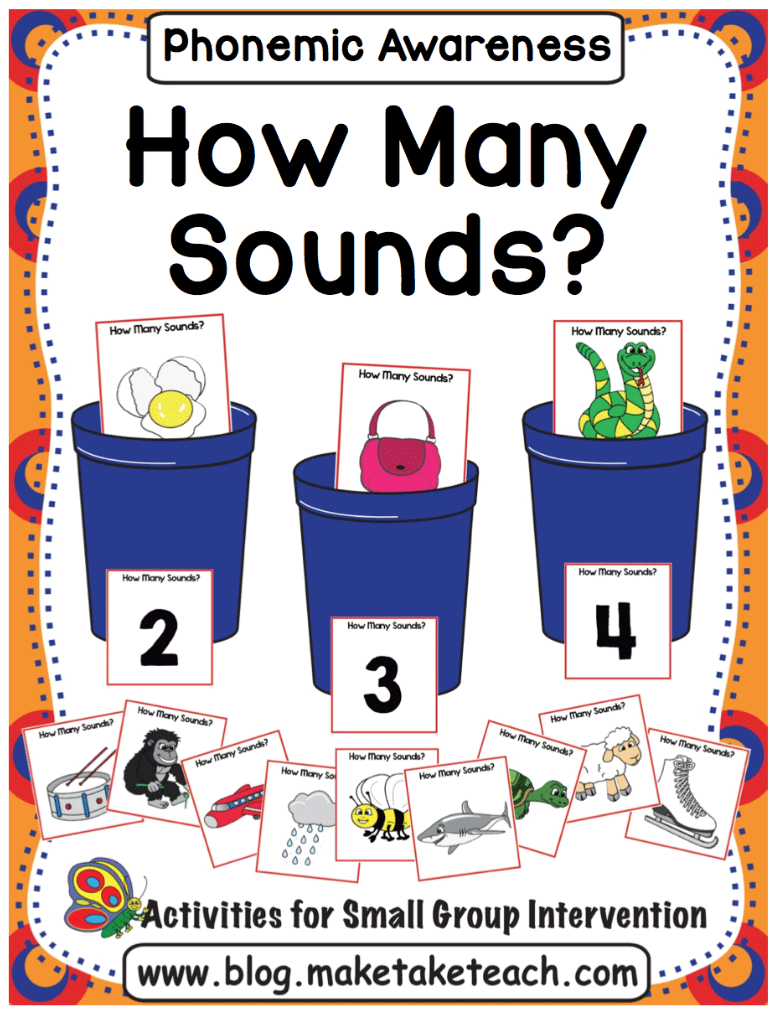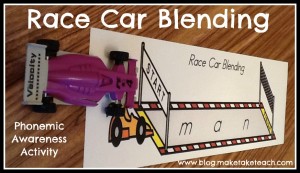Phonemic awareness- the ability to hear and manipulate the sounds in spoken words and the understanding that spoken words are made up of sequences of speech sounds (Yopp, 1992)
The best predictor of reading difficulty in kindergarten or first grade is the inability to segment words and syllabes into constituent sound units (Lyon, 1995)
The research is very clear on the important role phonemic awareness plays in the reading process. Children must understand that language is comprised of spoken words and that those words can be broken down into separate sounds. The child’s level of phonemic awareness upon entering school is one of the strongest indicators of how well he/she will learn to read. The exciting part is that, as teachers, by assessing our students’ phonemic awareness skills early on, we can identify those who may be at risk for reading difficulties and provide intervention right away. Research also indicates that phonemic awareness skills can be developed through instuction and that by doing so, the child’s reading and writing development improves.
Phoneme segmentation is one of the later developing skills on the hierarchy of development. By the six years of age 80%-90% of children can segment single syllabes with 2 or 3 sounds without blends (“cat”- /c/ /a/ /t/) and by 6 1/2 are able to segment 3-4+ phoneme words including blends (“black”- /b/ /l/ /a/ /k/). After you assess your students and identify those who need extra help with this skill, try some of the following activities.
1. Doggie Where’s My Bone. Although this activity is not technically a segmenting activity, I like to start with Doggie, Where’s My Bone so that the students begin to pay attention to individual sounds in words. With this activity, you will give the students a word and then a sound (“bug” /u/). Their job is to put the bone either on the head, body or tail to indicate the position of the sound. So simple, but the kiddos love it!
Download the Doggie, Where’s My Bone activity for FREE from my Teachers Pay Teachers store.
2. Breaking Up Words. Another early phonemic awareness segmenting activity I like is the Breaking Up Words activity. This activity has a one-to-one correspondence with the dots on the card and the number of sounds in the word. Be sure to provide a lot of modeling and practice during this part of your intervention program. You can gradually decrease the amount of prompting you provide as the students improve.
The Breaking Up Words activity is also available in my TpT store.
Once the students are successful with the one-to-one correspondence activity and are pretty much independent with this, we can then increase the difficulty of the task by not providing the one-to-one correspondence component. Now the fun begins! You can alternate any one of these activities- so mix it up to keep it interesting.
3. Beads. A few months back I wrote a blog post and included a video on how to make and use the beads during intervention. Click HERE and you’ll be directed to that post. Here’s the gist– say a word and have your students move a bead for each sound in the word.
4. Push lights. Okay, not my original idea, but it’s brilliant. I wish I could have tracked down the person who thought of it. These are battery operated push lights originally intended for night lights. Simply push the button and the light turns on. You’ll need at least 4 lights. Have the student push the button (turn on the light) for each sound in a word. These lights can be purchased in most large department stores.
5. Balls. This is another quick and easy mix it up activity. Give each student a ball and have him/her toss the ball up in the air for each sound in the word. I just use the small foam balls that you can purchase at any dollar store.
6. Squaring Up. The Squaring Up activity is a really good activity for teaching segmentation. First place a plastic tile (you can use bingo chips if you wish) under each square and have the student say the word and move the a tile for each sound in the word while saying the sounds.
The Squaring Up activity can be found in my online Teachers Pay Teachers store.
7. How Many Sounds? This activity is another favorite of mine. By writing the correct number of sounds on the back of each card, you can turn this into an independent learning activity for a center. You can use library pockets or labeled cups for this activity.
You can find the How Many Sounds? activity in my TpT store.
8. Race Car Blending. You can teach blending and segmenting together. This activity is an all-time favorite with the boys. Students use their cars and drive over the letters slowly while saying the sounds. They eventually speed up so that the word is blended at a normal speed. Just remember that the goal is to teach blending and not so much the letters/sounds. So, you’ll likely have to provide the sounds before beginning the activity.
The Race Car Blending activity is available in my TpT store.
Sometimes I just can’t come up with 2-, 3- and 4- phoneme words off the top of my head. I created this cheat sheet to help.
Click the following link to download the FREE pdf Phoneme Segmentation Words

